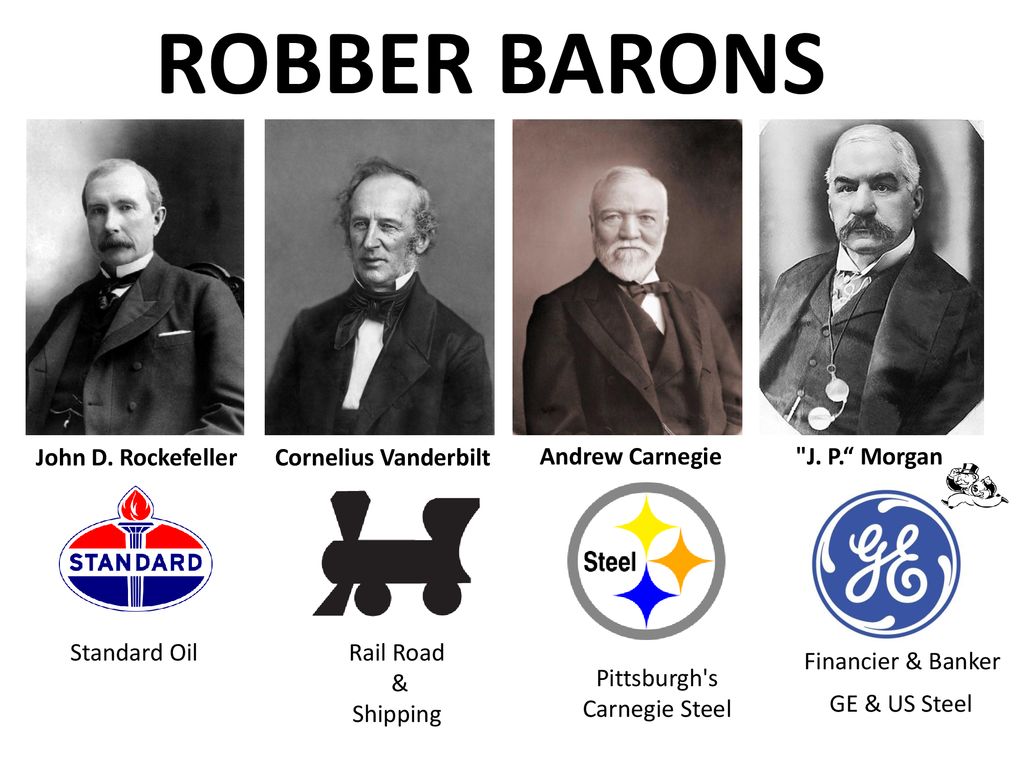
Part 6 – THE MONEY MATRIX: Medicine
Introduction
“When a commercial bank makes a loan contract with a borrower, the bank CREATES the deposit in the borrower’s account.” Have you repeated this fact 15,000 times yet? Private banks CREATE what we use as money. This ‘money power’ can also be called Finance Capitalism or Wall Street, or just the Banks. Those who control this ‘money power,’ have influenced powerfully our entire society. This article will focus specifically on the medical profession.
This control of the banks by wealthy elites goes back to the end of the 19th century, when financial-industrial cartels (1), run by names like J.P. Morgan, John D. Rockefeller, Andrew Carnegie, etc., used the ‘money power’ to take over the American economy. These financiers created tax-exempt foundations to shield their wealth from taxes but, more importantly, to allow it to grow and grow.
Their growing wealth has been used, gradually, to change how American society views health, disease, and cures.
Reader, please read and contemplate:
In the last half of the 19th century, wealthy industrialists began to give endowments to build private universities around the country. Of course, the universities supported capitalism, and produced the skilled managers and engineers for the industrial corporations. (2)
At the end of the 19th century, the ‘money power’ cartel controlled the economy and began to set up tax-exempt foundations, chartered by government. These foundations would protect their money from confiscation, but also harbor it in perpetuity. The endowments only grew and grew within the walls of the private, but government-chartered, foundations. The foundation trustees, men of wealth and beholden to the cartel, would be there generation after generation to make sure this source of incredible power would be continued, unbeholden to any other societal power.
Physicians in the 19th Century (3)
Before 1900, there were many approaches to curing disease in the population – homeopathy, herbs, and other lay healers. In addition, ‘regular’ or ‘orthodox’ practitioners used methods that were unpleasant and often lethal: bleeding, harsh purgatives (like poisonous mercury compounds), and inducing pus-filled blisters. Thomas Jefferson called them an ‘inexperienced and presumptuous band of medical tyros let loose upon the world.”(4) The public shied away from them, since the cure more often killed than cured.
In the second half of the century, there were about 160 private unregulated medical schools, teaching one or more modalities. The medical student apprenticed at the side of a practicing physician and attended lectures in these schools. The physicians owned the school and earned income by charging fees for the lectures. None of the sects had enough clout to control licensing, but the ‘orthodox’ profession controlled by far the largest number of schools. “Scientific’ medicine—using laboratory research—were taught at only a few university medical schools in a limited fashion.
The students came from all classes. The more upper class went abroad to Scotland for training and only three American medical programs (Pennsylvania, Harvard, and Dartmouth) were offering lectures to supplement their apprenticeships.
The profession had no status and low income. The most prominent practitioners (the ones who catered to the wealthy) blamed this on the number of medical schools and over-production of degrees.
Medicine as ‘Science’
In Europe in the mid-1800s, there were many physicians who were part of social reform movements. They “studied the economic, social and occupational causes of disease and worked for reforms to eliminate them.” (5) Rudolf Virchow in Germany was one of them. In 1882 Koch presented – to the Berlin Physiological Society &ndash his discovery of the tubercle bacillus, as the external agent of disease. Virchow and others argued “that since pathogenic micro-organisms lived in healthy bodies, they are not the cause of disease. In their view, invading micro-organisms could cause disease only after the host organism had been weakened by some physiological or environmental misery.” (6)
Wealthy capitalists funded the germ theory of disease. They did not want to shine any light on the effect of their industrial empire building on the human condition. Frederick T. Gates, the powerful manager of Rockefeller Sr’s foundations and investments, agreed: disease is a technical not a social problem. The germ theory of disease fit the capitalist ideology of applying science and technology to the world.
The American Medical Association (AMA)
The AMA, representing the medical profession, was weak at the end of the 19th century. Only 8,400 physicians were members. (7) In 1901, AMA reformers gained power and completely reorganized the structure, so that physicians were encouraged to join their local medical societies which fed up to a hierarchical central board. Members were strongly encourages to influence their state licensing boards. In addition, the reformers wished “to foster scientific medicine and to make the medical profession a power in the social and political life of the republic.” (8) Generally, private practitioners of all types supported the change, wishing to raise the social and economic status of the profession. By 1910 there were 70,000 doctors as members. (9) In 1906, the AMA reformers inspected all 160 medical schools and reported to the state licensing boards. By 1910, 166 schools were down to 131.
Although the scientific medicine approach became more dominant because of these actions, the teaching of scientific medicine required more money that the local wealthy could give: lab buildings, teaching hospital and clinic, equipment, full-time lab teachers and researchers, clinical faculty.
The Carnegie Foundation and the Flexner Report
The Carnegie Foundation for the Advancement of Teaching had been established in 1905 to upgrade the status of college teachers and create a uniform system of higher education. Their plans for the education system produced managers and engineers for their industrial empires, but did not share with the students how the ‘money power’ worked.
Wishing more status for its reforms, the AMA asked the Carnegie Foundation to fund a study of medical schools. Here was an opportunity for the Carnegie Foundation to enter the reform of professional education. The Foundation chose Abraham Flexner, a brother of Dr. Simon Flexner, director of the Rockefeller Institute for Medical Research. Abraham was not a physician, but a professional educator, a graduate in the classics of the Johns Hopkins University.
In his 1910 report, Flexner totally supported the AMA’s scientific medical reformers. He criticized commercial medical schools for producing too many doctors, for requiring too little education for admission, for inadequate facilities and faculty, and for attracting ‘the crude boy’ or ‘the jaded clerk.’ (10) More private medical schools closed their doors. Then in 1911 Frederick T. Gates of Rockefeller’s General Education Board (GEB) met with Flexner and asked, “What would you do if you had a million dollars with which to make a start in reorganizing medical education in the United States?” (11)
John D. Rockefeller, Sr.
The financial cartel’s ‘money power’ harvested vast fortunes. The wealthy financiers used chartered tax-exempt foundations to protect fortunes from confiscation and to grow them generation after generation. As Frederick T. Gates, Rockefeller’s manager, said, “The people’s voice is merely ‘the voice of reckless greed to lay violent hands on other people’s property’.“ (12)
The wealthiest man in the country, John D. Rockefeller, Sr., created multiple foundations: the General Education Board (GEB), Rockefeller Foundation, etc. Between 1919-1921 Rockefeller Sr. gave $45 million for medical education. These endowments were required to be matched by the local wealthy. From 1910-1930s the foundations gave an unprecedented $300 million for medical education/research. Eighty-three million dollars alone came from Gates/Rockefeller’s General Education Board (GEB). (13)
The scientific medical schools were put to the service of the ‘money power’. The medical schools and teaching hospitals produced managers and professionals beholden to their money, and thus supporters of the finance capitalist system. The scientific laboratories focused on germs as the cause of disease, not any environmental or occupational causes.
Conclusion
“Historical epidemiological evidence overwhelmingly supports the conclusion that medical science has played a relatively small role in reducing morbidity and mortality. * * * In the great majority of cases the toll of the major killing diseases of the 19th century declined dramatically before the discovery of medical cures and even immunization.” (Brown., p.220)
This improvement was the result of social movements in general living and working conditions as well as sanitation. (14) However, the industrial/financial cartel has only grown more powerful, never giving up their ‘money power’ and their hold on the medical profession.
Resources:
- (1) Peters, Susan. “DEBT DRIVES WAR AND WAR DRIVES DEBT: The Powers of Bank Credit Creation during World War I.” Valatie, New York: American Monetary Institute, 2019. Available at monetary.org.
- (2) Brown, E. Richard. Rockefeller Medicine Men: Medicine and Capitalism in America. University of California Press, 1979, p. 27.
- (3) Brown, ibid.
- (4) Letter to Dr. Casper Wistar (1807), found in The Works of Thomas Jefferson (1904), Vol. 10, 423-430.
- (5) Brown, ibid., p. 127.
- (6) Dubos, Rene J., “The Gold-Headed Cane in the Laboratory,” in Annual Lectures, 1953 (Washington, D.C.: National Institutes of Health, 1953), pp. 89-102. As referenced in Brown, ibid., p. 127, footnote 63.
- (7) Markowitz, Gerald E., and Rosner, David K., “Doctors in Crisis: A Study of the Use of Medical Education Reform to Establish Modern Professional Elitism in Medicine,” American Quarterly, 25 (1973), p. 88. As referenced in Brown, ibid., p. 137, footnote 5.
- (8) Fishbein, Morris, A History of the American Medical Association, 1847 to 1947 (Phila: W.B. Saunders Co., 1947), p. 21. As referenced in Brown, ibid., pp. 137-138, footnote 7.
- (9) Brown, ibid., p. 138.
- (10) Flexner, Medical Education, pp. 18-19, 48, Pritchett, “Introduction”, p. 10. As referenced in Brown, ibid., p. 148, footnote 39.
- (11) Flexner, A., Autobiography, pp. 109-10, Fosdick, R.B., Adventure in Giving, The Story of the General Education Board (New York: Harper and Row, 1962), pp. 154-55, and Flexner, A., to F.T. Gates, June 24, 1911, GEB files, Rockefeller Foundation Archives. As referenced in Brown, ibid., p. 156, footnote 64.
- (12) Gates to Rockefeller, Sr., Aug. 9, 1907, Gates collection, Rockefeller Foundation Archives. As referenced in Brown, ibid., p. 182, footnote 147.
- (13) Stevens, Rosemary, American Medicine and the Public Interest (New Haven: Yale University Press, 1971), pp. 68-69, and Shryock, Richard H., American Medical Research, Past, and Present (New York Commonwealth Fund, 1947), pp. 96-97. As referenced in Brown, ibid., p. 193, footnote 1.
- (14) Brown, ibid., p. 220.





